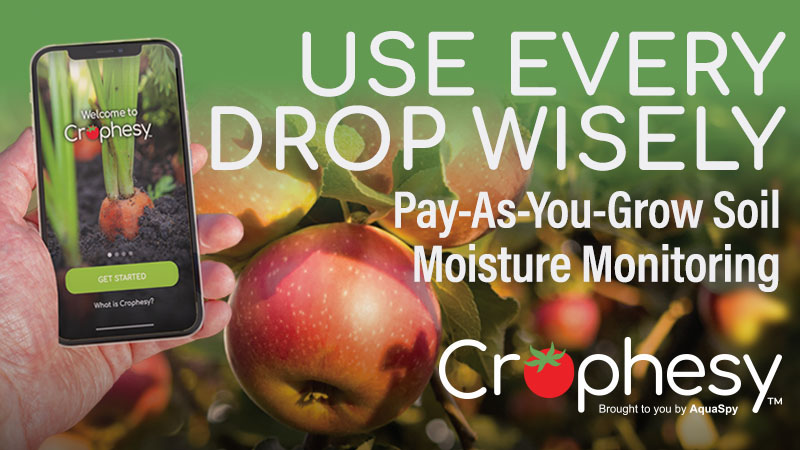Watch Out For Wildlife
Meadow and pine vole populations can erupt periodically in orchards unless food sources and habitat cover are reduced and their numbers are kept in check. Control of vegetation around tree trunks and regular mowing limit cover and food sources and expose voles to natural predators. Population reduction strategies are applied after harvest before damage begins and before snowfall. To successfully manage deer damage, it is important to monitor behavior and apply controls before feeding or antler rubbing habits are established.
An Integrated Approach to Wildlife Management
As with integrated pest management for insect pests, IPM for wildlife management involves integrating several control methods simultaneously or alternately, and the key to success is routine monitoring. Effective scouting entails assessing wildlife and predator populations, wildlife habitats and behaviors, damage patterns, possible impacts on nontarget organisms, and various conditions that may influence control efficacy.
IPM for Voles
A useful monitoring tool for voles is the apple sign test developed by Ross Byers, Virginia Tech. Apples with a one-inch slice removed are placed in active vole runs or tunnels at 20 to 40 tree intervals. Mark the sites with covers such as split tires or shingles that can also be used as bait stations if needed. Monitoring sites are inspected 24 hours later for distribution and levels of vole feeding activity. To identify the species, trap at least 20 voles per ten acres. Take time to also inspect unmowed areas for voles. Areas with moisture and plant cover year-round are ideal habitat.
Biological control of voles is encouraged by providing adequate nesting, denning, and perching sites for predators. Habitat modification to control voles includes mowing, reducing thatch, maintaining vegetation-free strips near the base of tree trunks and eliminating potential cover around orchard borders. Hardware cloth barriers exclude meadow voles from gnawing on tree trunks but are ineffective in controlling root damage by pine voles. Rodenticides are used to quickly bring large populations of voles under control. Late fall applications of toxicant baits reduce populations prior to a period when vole damage can be most severe. A second application is sometimes needed in the spring. Apply baits when the weather is forecast to be dry for several days. Details on rates and application procedures are found in the Pennsylvania Tree Fruit Production Guide (http://agsci.psu.edu/tfpg).
Monitoring and Managing Deer
Ideally, a deer damage monitoring and control program should be planned well in advance of planting an orchard block. Damage to perennial crops such as fruit trees lasts beyond the year of browsing, and long-term reductions in trunk diameter, canopy development and yields have been reported. Budgets for preventing deer damage should be based on estimated impacts on profitability over the life of the orchard rather than a single year. Important factors to weigh are the presence of neighboring habitat cover, the size of the acreage to be protected, and plans for orchard expansion or changes. Where deer fencing has been installed, regularly monitor wire spacing, voltage and deer penetration. Where repellents are being used, monitor the orchard weekly beginning two weeks after repellent application or after the first rainfall following application. For assistance with population management, contact your local wildlife conservation officer and provide him/her with copies of records on incidence and severity of damage.









